Thomas and Jane Carlyle were originally from Scotland and met in 1820. They rented this home in Chelsea in London in the 1800s. Thomas made his fortune as an author, and the family were very popular in their days and had many friends. Many of these friends were fellow authors and artists, politicians, and other influential people in society. The house is virtually as the Carlyle's left it after good friends of the couple purchased it and then donated it to the National Trust for others to enjoy. It is actually an extremely unique place, left virtually untouched and with a lot of information about the Carlyles and their visitors. The house is a townhouse on a quiet street near the Thames, and it has a walled garden and is five storeys tall.
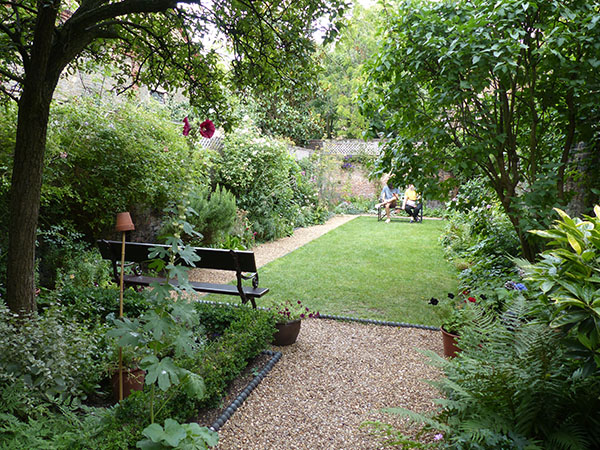
Thomas Carlyle's books are large and often multi-volume history books. The French Revolution, Oliver Cromwell, and other subjects became subjects of his writing at this time when England had many popular writers. Jane Carlyle wrote many letters, which are highly regarded today. Upon entering the house in the row of terraced houses, the hallway leads to a back room separated into a parlour and living room, which is common in older houses.
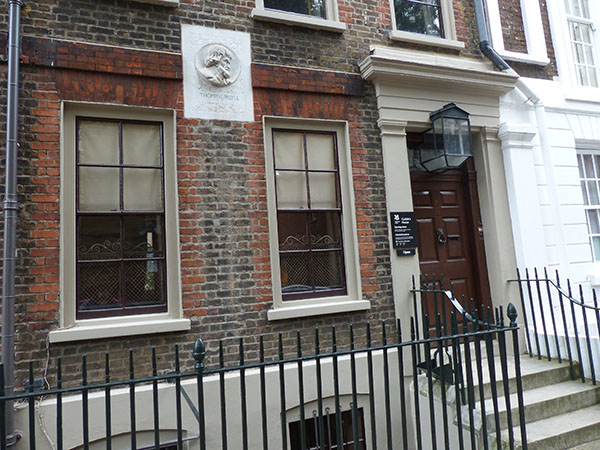
This room (or these rooms) were actually painted by an artist Robert Tait and named "The Chelsea Interior", which looks exactly how the room is left, complete with the sofa and other furniture. The Carlyles were not very pleased with this painting when it was completed.
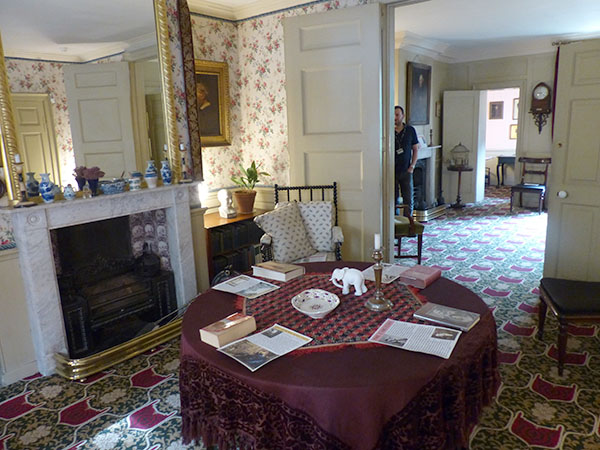

Many of the rooms in the house have information about the many well-known people (writers, journalists, poets, humanitarians, artists, philosophers, scientists) who visited the Carlyle's over the years. The information around the room encounters experiences of the Carlyles and these people which was obtained through their diaries/letters and through the letters of the Carlyles.
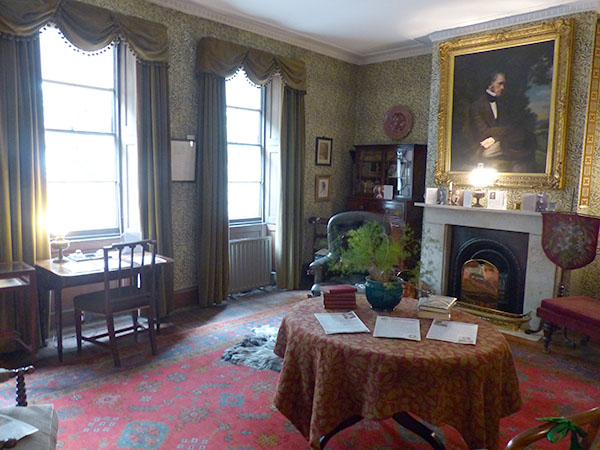
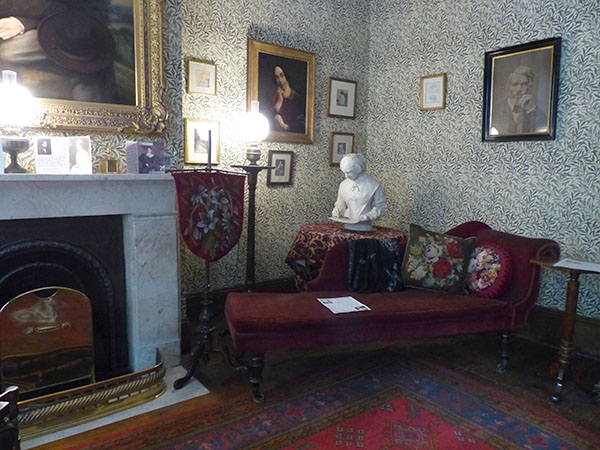
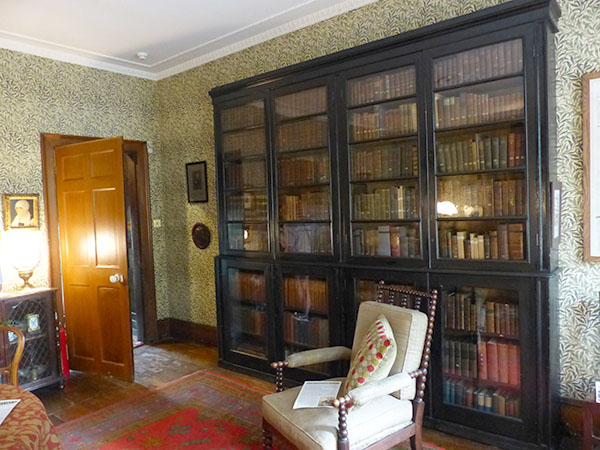
The bedroom contains a few pieces of information about other authors, particularly other female authors of the time and extracts of the letters they sent to the authors after reading the books. There are also sketches in one corner of the room along with cards.

One of the most interesting items in the room is carved into the window glass. At the end of the 1700s, this man John Knowles carved his name into the glass. Arthur Conan Doyle of 'Sherlock Holmes' fame actually included this room and the message carved in glass in one of his books. I find this amazing that it still survives today.

At the top of the house is the writing room. It contains a shelf of books, many sketches, and many personal items. There is also much more information about the author and the visitors to this home. In addition, this study has one of the first sound-proofed rooms ever made. The bane of existence for the writer was the buzz from Cremore Gardens along the Thames not far from here. The attraction attracted 15,000 a day and included a maze, theatre, gypsy grotto, jousting, puppets, shooting, ballet, brass band, dancers, and other musical and theatre performances.
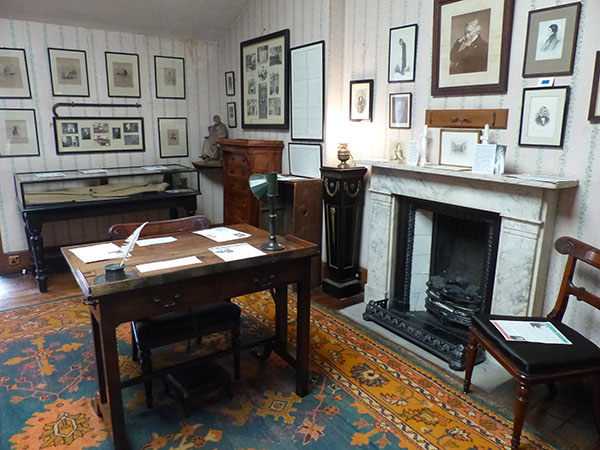
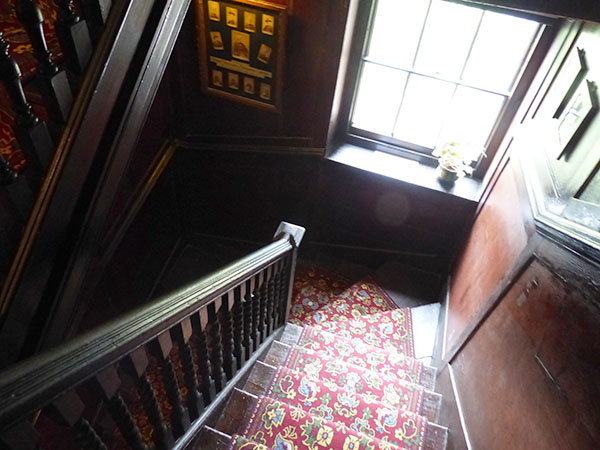
In the semi-basement level, visitors can look at the modest kitchen and learn about the servants who worked for the Carlyle family and read about them in Jane's letters.
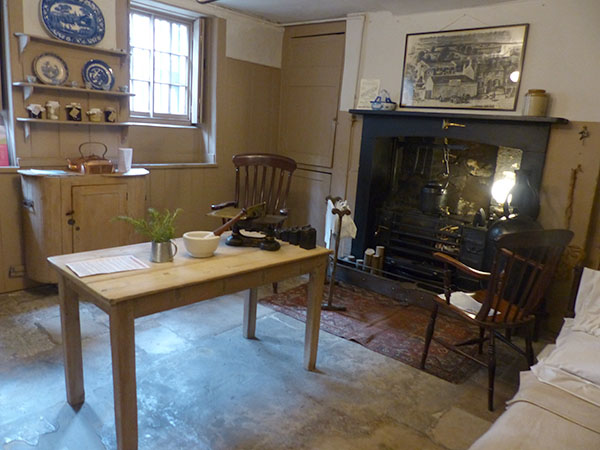
According to a display in the museum/house, Thomas Carlyle is the man responsible for the following phrases: absent-minded, world-famous, self-help, manhunt, craftsmanship, pretentious, decadent, gullible, improvised, genetic, upholstered, and approximately.

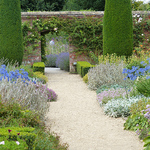
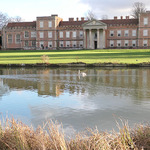
Leave a comment